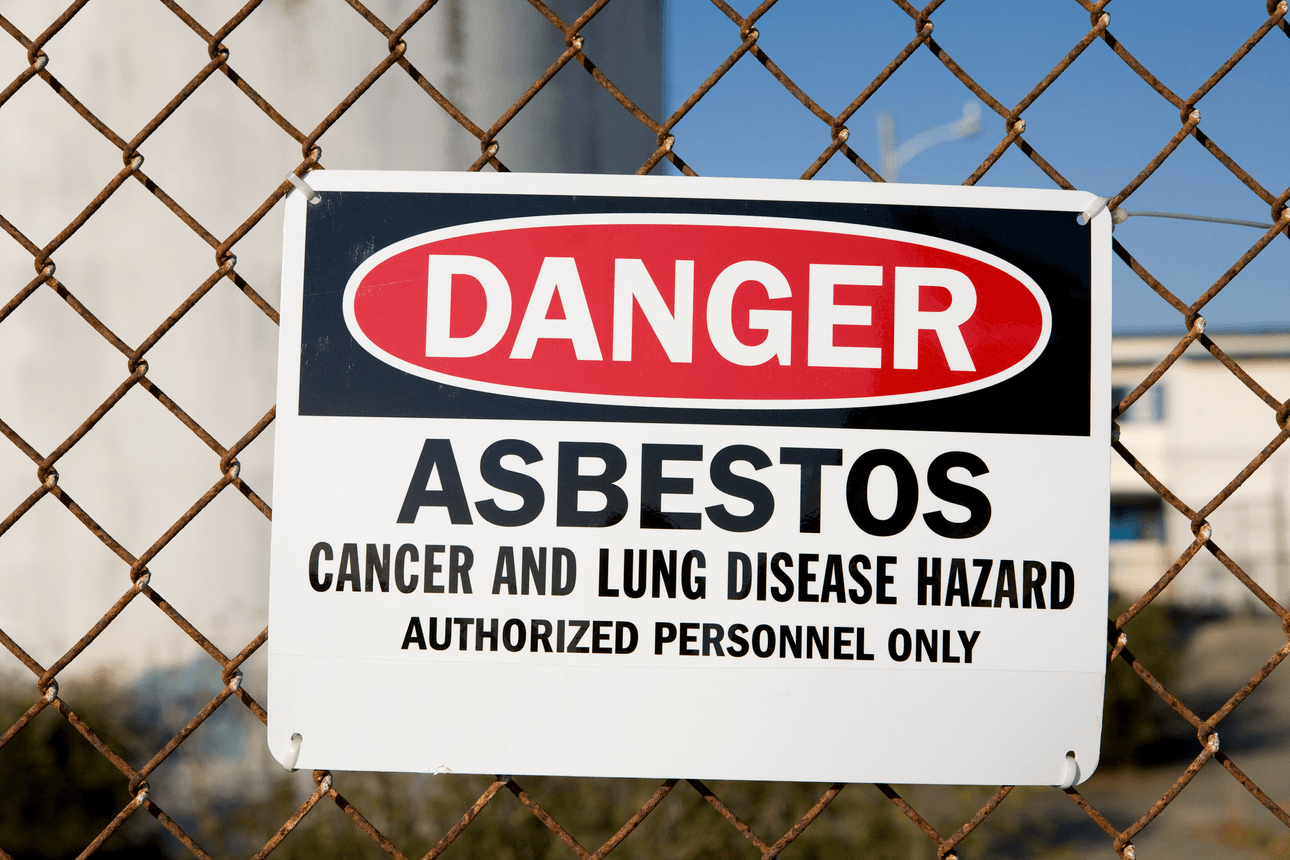A team of researchers at Unitec believes it has come up with a biological way of breaking down asbestos and making soil safe again.
Renovation shows like The Block are unwittingly lifting the veil on a problem many homeowners thought was a long lost toxic issue of the past.
“All the nice red roofs on these buildings out there, it’s all asbestos,” Unitec research partner Gregor Steinhorn says as he gestures to the nearby suburbs.
New Zealand is starting to see the impact of the large number of asbestos products that were imported into the country during the 1970s, Unitec lecturer Terri-Ann Berry says. Thanks to the modern obsession with home renovation many of these building materials such as cladding and cement pipes are being ripped out, posing an ongoing danger to human health.
“People think of asbestos as Grandad’s problem and not really an issue of today,” Berry says. The truth is growing piles of highly toxic asbestos products are being dumped in rubbish tips around the world.
Currently the only real option for disposing of the materials is to bury them in the hazardous section of landfills. Very often these perilous materials are wrapped in layers of plastic or put into metal drums, and then put deep in the ground.
“That asbestos will be there pretty much forever,” Berry says. “Really all we’re doing is storing it for future generations to deal with.
“We realised, we’re looking at vast volumes of contaminated soil and products that need to go somewhere, and was there a better way of managing this?”
Berry, Steinhorn and PhD student Shannon Wallis are embarking on a quest to find a biological solution to this industrial waste problem: In short, using microbes and plants to make asbestos waste safe again.
The health effects of asbestos are well known. Exposure to the tiny fibres causes a range of debilitating and fatal conditions, including asbestosis and mesothelioma (cancer), and thus use of the substance is now banned in many countries.
What people may not know is that asbestos fibres contain iron, and it is this that does much of the damage. Research has shown that some lichens and fungi secrete substances that bind to the iron and remove it from the asbestos. In a beautiful circle of nature, some plants need that iron in order to grow.
The Unitec team is setting out to create an ecosystem that encourages this cycle to occur, in effect a big compost heap in which micro-organisms and plants play their part in breaking down the asbestos and eventually make the soil safe to use again. The team is concentrating on the problem of asbestos-contaminated soil first, because it’s easier to break down single asbestos fibres as opposed to those embedded in a product, and because soil contamination is a huge problem.
One of their research projects was a school in Rarotonga where the roof had degraded and leached asbestos into the ground. The wash-off from one asbestos roof might contaminate the area 10-20 metres around the whole building; to fix the issue soil often has to be removed down to a depth of 30 or 40cm, Steinhorn says. The end result: truckloads of material that has to be disposed of somewhere.
The biological solution sounds brilliantly simple, but there are still a raft of unanswered questions, Berry says.
“What we don’t know is, what are the timescales for that to occur in an ecosystem? How long is it going to take, and do the changes happen at a rate that’s constant?
“It may be a hundred years, it may be a thousand. That’s what we’re trying to find out.”
The other key question is, if all the iron is removed does that make the asbestos completely harmless?
“We know it makes a big difference, but we don’t know how much,” Berry says.
For this part of the equation the team has enlisted the help of overseas medical experts, while it concentrates on the ecosystem question. Others around the world have researched the biology involved but no-one else has looked at how to create the virtuous circle, the Unitec team says.
Wallis is a civil engineer and her PhD is on how to design an optimal asbestos-composting landfill. The cycle has to keep going round, she says. “If there was no uptake of iron, if there were no plants, the lichen would become saturated and the process would stop.”
Clearly the team is not going to sit there for 100 years waiting to see if it works. Once it has the system in place it will be able to measure the rate at which things happen, and extrapolate out approximately how long it would take for the asbestos to break down, Steinhorn says.
“Lichen can grow at very different speeds depending on how good the environment is. If you set it up in a specifically designed landfill so it gives the best conditions to the micro-organisms and the plants, it might actually happen a lot faster.
“That’s what we do with sewage treatment.”
The length of time it takes to make the asbestos safe will also dictate what regulations need to be put in place around the process.
“The research has to provide policy makers with good scientific evidence and engineering guidelines,” Steinhorn says. “Considering the method with startups of ‘failing fast’, with asbestos you don’t really fail fast.”
While chemical and physical solutions for dealing with waste products are generally faster and more reliable, they are also highly energy-intensive and often create other nasty waste streams. Conversely biological solutions take much longer, can be temperamental, and are land-hungry. But as the problem of what to do with hazardous substances such as asbestos and oil increases worldwide, interest in bioremediation is growing, Berry says.
The team is at the early stages of its project but already it is attracting a lot of inquiries, as the issue of asbestos isn’t going away any time soon.
“We’ve seen some really good indications that this can work and we’re really excited about giving it a try,” she says.
This content was created in paid partnership with Unitec. Learn more about our partnerships here.

